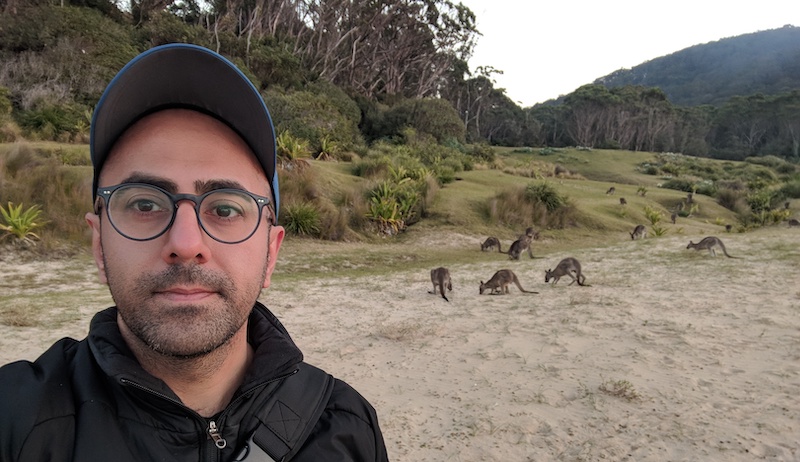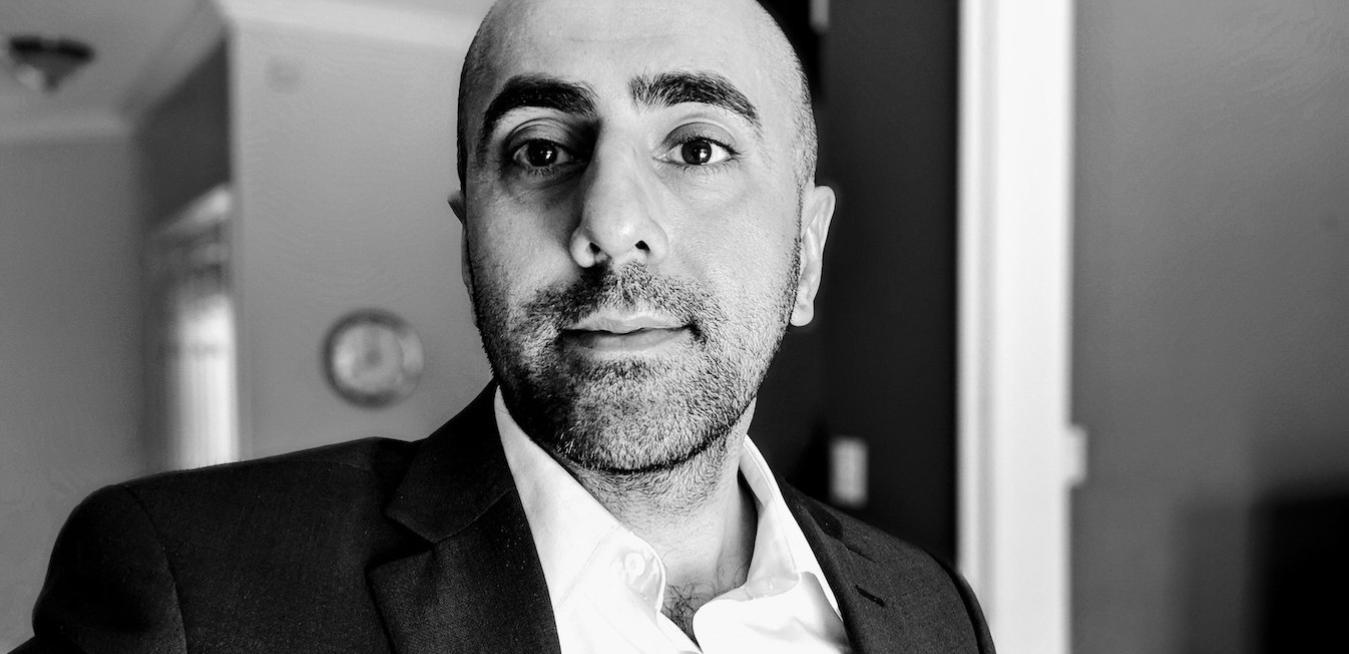Harjit Birdi has been captivated by energy systems since he was a child in India. His father was an official at the State Electricity Board. When the power went down, his dad’s job was to race through town with a crew to find the source of the fault. Despite his mother’s worries, Birdi demanded that his father take him along on his emergency expeditions. A few years later, when it was time to choose his college major, the choice was obvious. “Electrical engineering fascinated me, because energy is something you can’t see,” he says. “You can’t see those electrons. You have to imagine the complexity.”
Birdi went on to get a bachelor’s degree in electrical engineering in India and a master’s at the University of Saskatchewan, and then got hired at GE in 2005. His initial work was reminiscent of the days trailing his father: He helped utilities become more efficient by upgrading their power-monitoring and control systems. After several moves, he got an opportunity to work with a wind farm developer, where he got a front-row seat in the global transition from fossil fuel energy sources to renewables.
Birdi is doing that today as a commercial manager at GE Renewable Energy’s Grid Solutions division. His job is to help utilities and developers integrate an array of GE products and equipment from other vendors to build wind, solar and hydro systems and bring more renewable energy online. He’ll spend up to four months to complete a typical client proposal, which can spread over thousands of pages and cover everything from procurement and construction to health risk analysis. The digital file for his last proposal consumed more than a gigabyte of storage. “Offshore wind is my favorite form of energy, because every kind of engineering comes into play,” he says. “It involves different kinds of technologies and large numbers of people in many different countries.”
Birdi’s role is more timely than ever in the energy transition. Wind power today generates about 9% of U.S. electricity, with offshore platforms accounting for just a small amount of that. But even as it faces complex technological challenges, offshore capacity is expected to grow more rapidly — increasing 15-fold by 2040 globally, according to the International Energy Agency. The Biden administration has recently set new goals for offshore wind construction, in line with the 2015 Paris climate accord. The target: 30 gigawatts installed by 2030. GE is poised to play a big role in that challenge with its Haliade-X wind turbine, which can generate up to 14 megawatts, enough to supply the equivalent of one UK household with just one spin of its turbine. Birdi’s employer, the Grid Solutions unit, plays an important role in making the transition move forward, including work on technologies to transmit power over long distances, a critical requirement for offshore wind’s growth. “We have to find new ways to accelerate the production of wind farms to meet the president’s goal,” he says.

The wind farm sector has been moving at a fast clip since Birdi joined it in 2016. At that time, he says, offshore wind farm operators based in Europe wanted to expand into North America, which was eager for the technology as the need to counter climate change gained urgency. But early steps weren’t easy, because there were no offshore wind farms in U.S. waters.
Birdi got his first taste in this sector when he worked on what is planned to be the world’s largest offshore wind farm, located in the North Sea some 80 miles off the Yorkshire coast. GE will supply 190 Haliade-X 13-MW turbines for what’s called the Dogger Bank A and B phases, and 87 Haliade-X 14-MW turbines for the final segment, Dogger Bank C. The first turbines are scheduled to come online in 2026. Birdi has also worked with a variety of GE teams and their partners to create master plans for renewable projects that assessed the projects’ feasibility and determined what equipment needed to be procured and how the energy facility should be constructed.
Birdi and his colleagues also face the recurring challenge of how to generate a steady flow of electricity when the wind isn’t blowing. To meet a particular project’s demands for peak power, Birdi has worked with several GE teams on solutions that combine wind turbines with natural gas generators and battery storage facilities. That allows developers to collect and store wind energy when it’s available and supplement it with natural gas to meet peak electricity demand. “Natural gas and renewables fit together like hand in glove,” he says.
After working for more than 20 years in this area, Birdi has more than a few ideas for what needs to be done to bring more renewables online. Here are three:
Expand transmission capacity. Birdi says that the addition of more offshore wind power stations will require better integration with the power grid. As wind farms move farther offshore, developers are using a technology called high-voltage direct current (HVDC), which can transmit power more efficiently over long distances than using wires carrying alternating current (AC), the most common form of transmission for bulk power. The goal is to reduce the steep cost of HVDC required in deeper and more distant waters, Birdi says. HVDC can be also used for efficient transmission over land.
More storage. Although solar and wind energy are intermittent, utilities always need to provide power on demand to meet peak consumption. Birdi says grid-scale energy storage systems can supplement nimble gas turbines to meet demand when sun and wind aren’t available. The U.S. Department of Energy has plans to spend $3 billion to boost production of the advanced batteries, which are critical to many clean-energy initiatives.
Electric vehicles and smart grids. Electric cars are unused 95% of the time, which presents an opportunity to turn them into a kind of virtual power plant. By connecting electric vehicles to a smart grid, he says, we can selectively control the rate at which each individual vehicle charges when it’s not being driven. Connected this way, all the vehicles can then act as a power plant — like a single large-scale battery that can provide energy to the grid.
Birdi remains confident that companies and governments are making progress on these and other solutions. “Developers always want to create more and more power,” he says. “If I can help them do that, I’m engineering happiness.”





